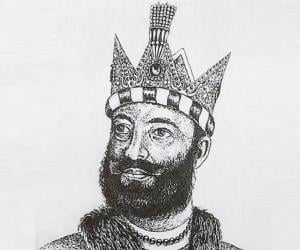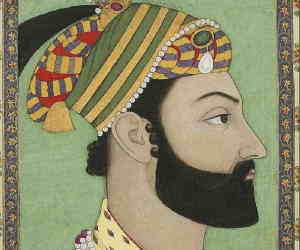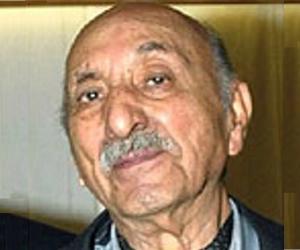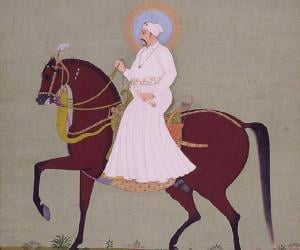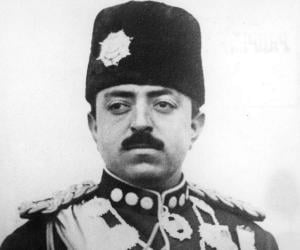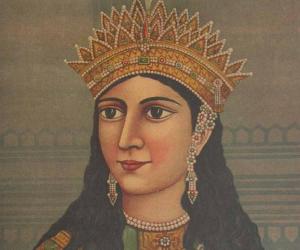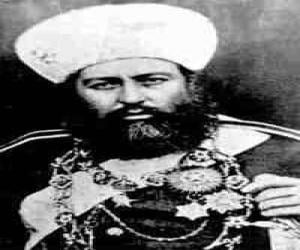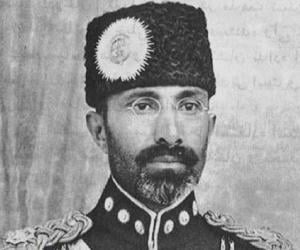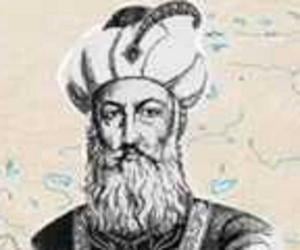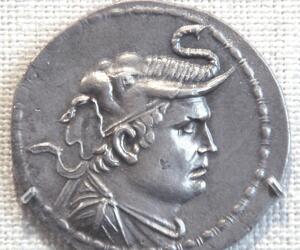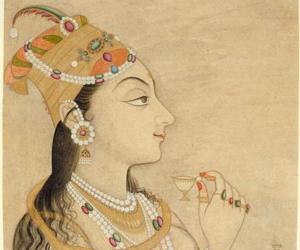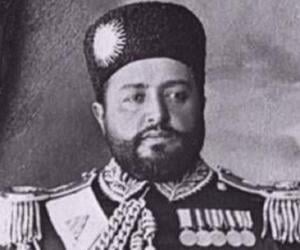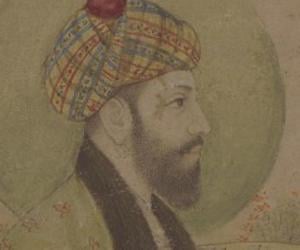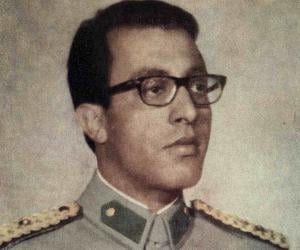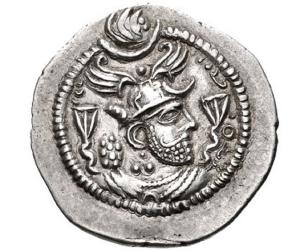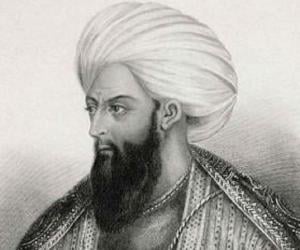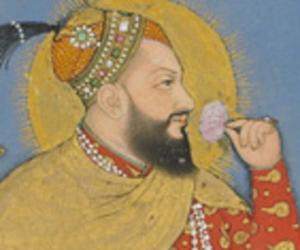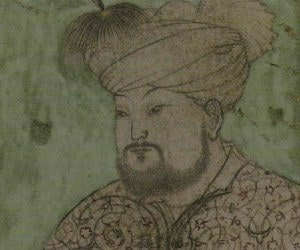1
Mahmud of Ghazni
(Sultan of the Ghaznavid Empire from 998 to 1030)
Birthdate: November 2, 0971
Sun Sign: Scorpio
Birthplace: Ghazni, Afghanistan
Died: April 30, 1030
Mahmud of Ghazni was the Sultan of the Ghaznavid Empire from 998 to 1030. Highly Persianized, he continued the bureaucratic, political, and cultural customs of his predecessors, the Samanids. He established a future Persianate state in Punjab, centered on Lahore. His capital, Ghazni, became a significant cultural and intellectual center, attracting prominent figures like al-Biruni and Ferdowsi. As Sultan, Mahmud expanded his military empire from Iran to the Indian subcontinent, Transoxiana, and Makran through invasions and plundering of wealthy cities.
